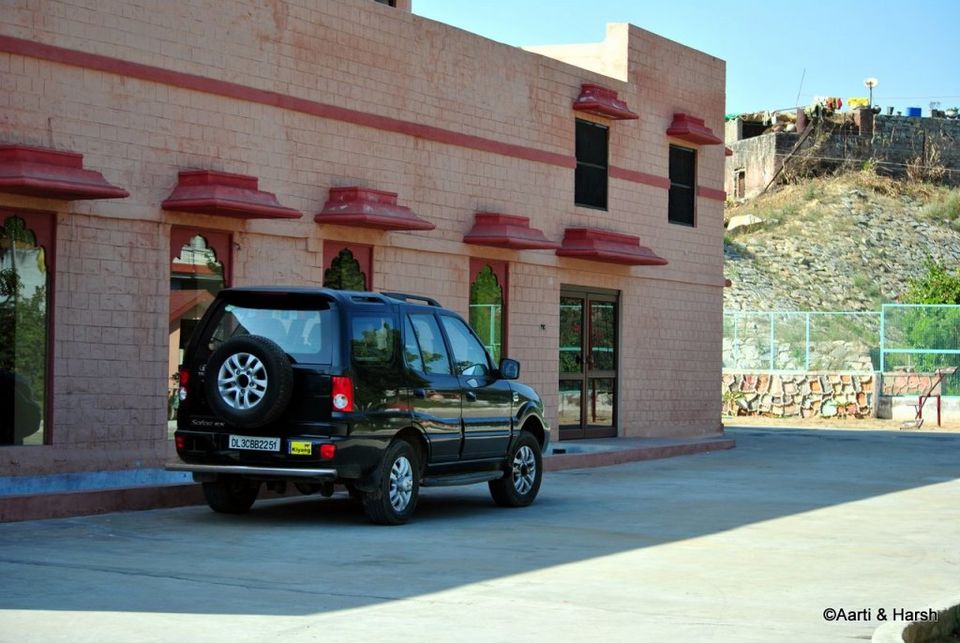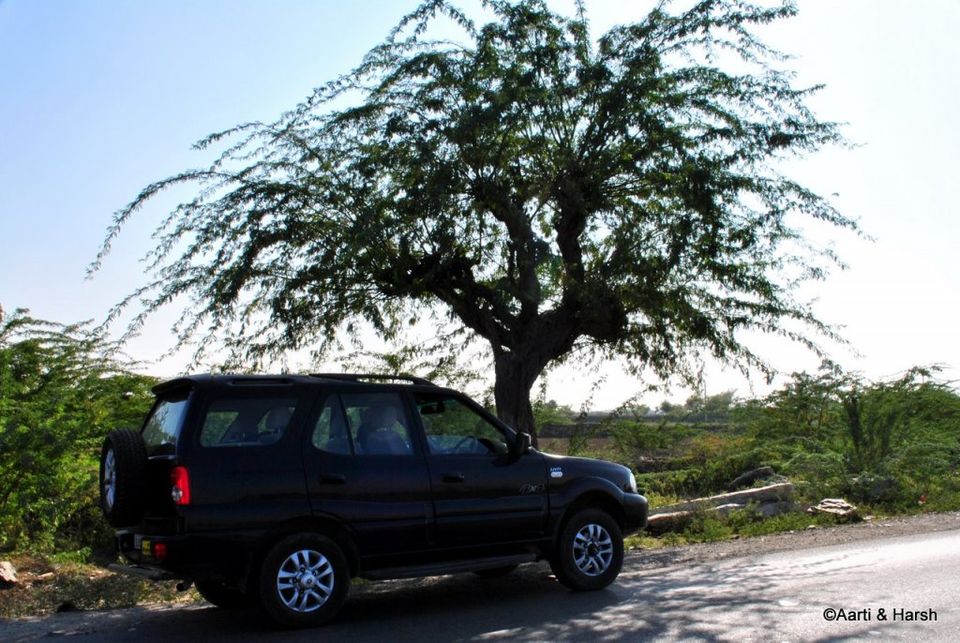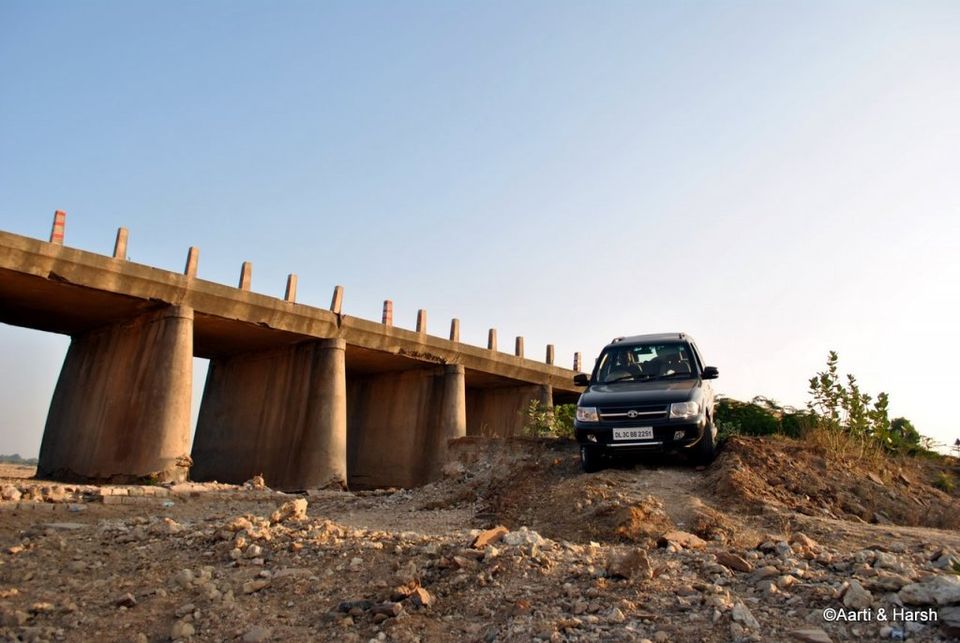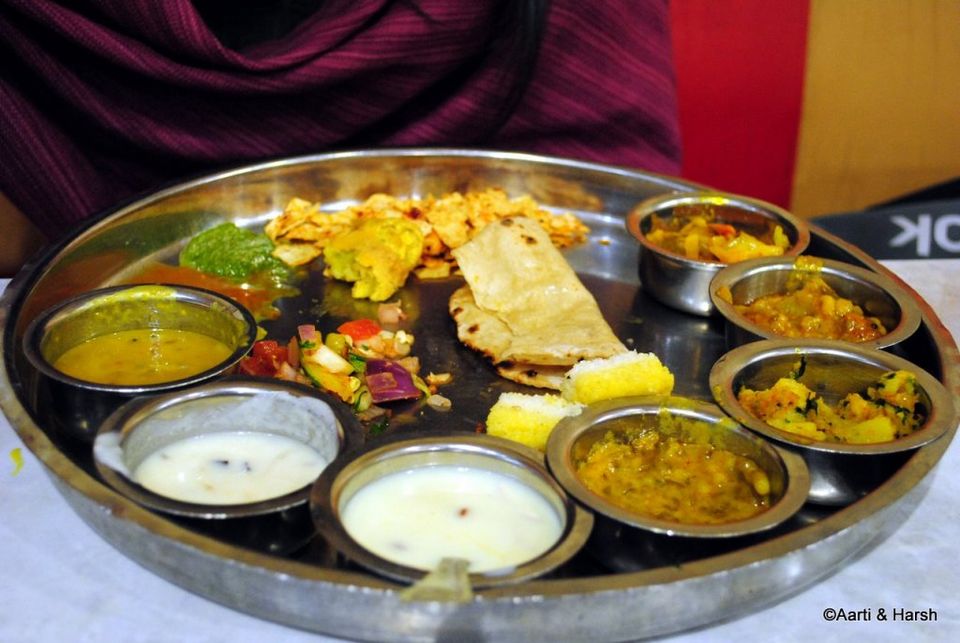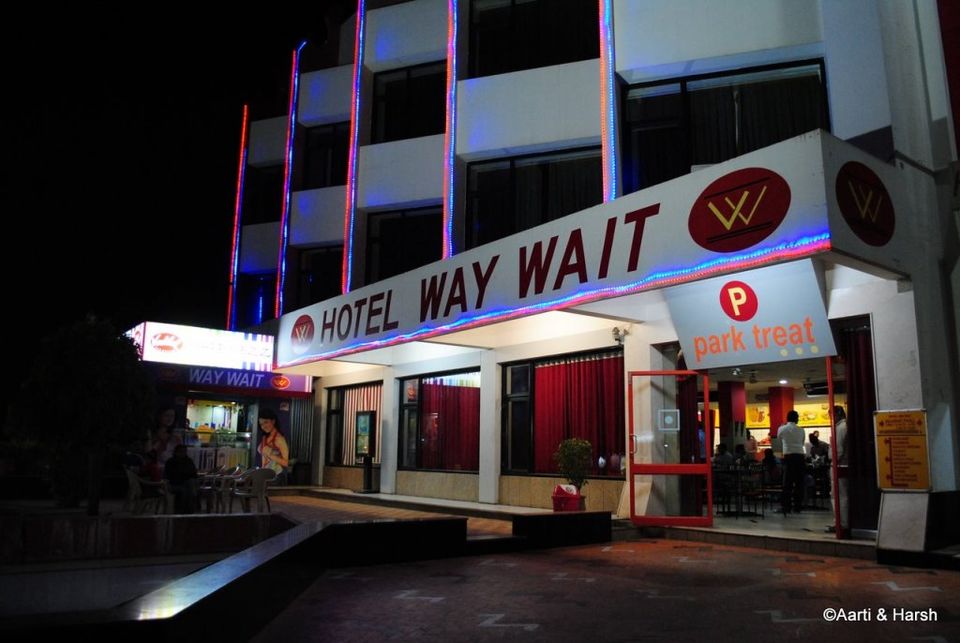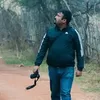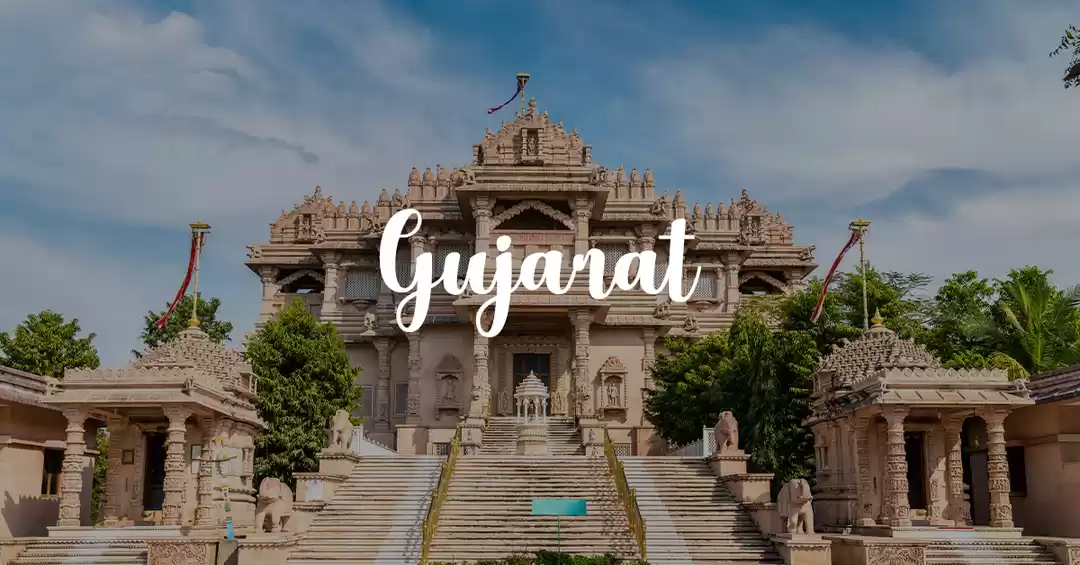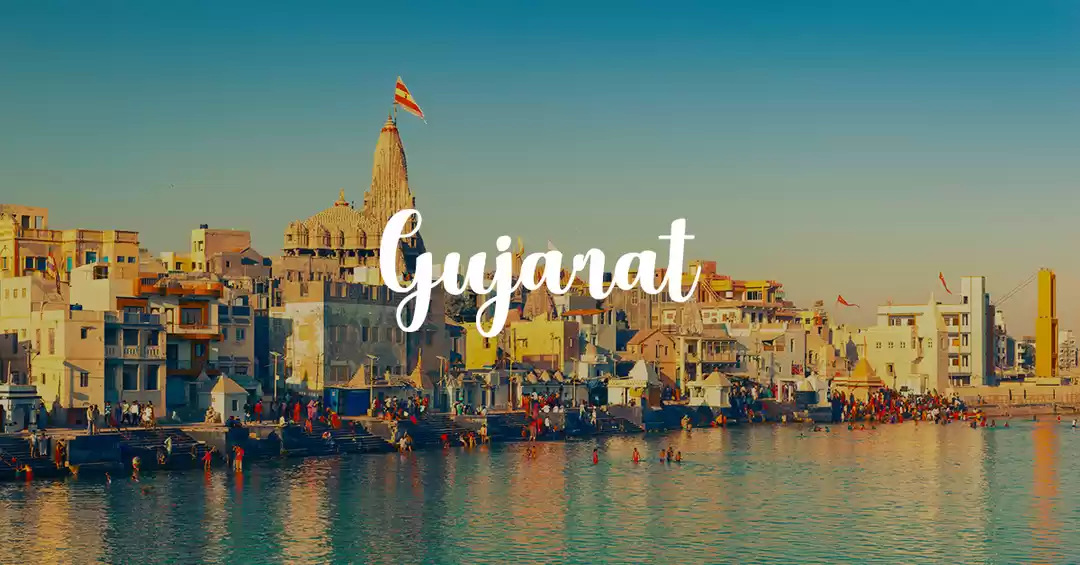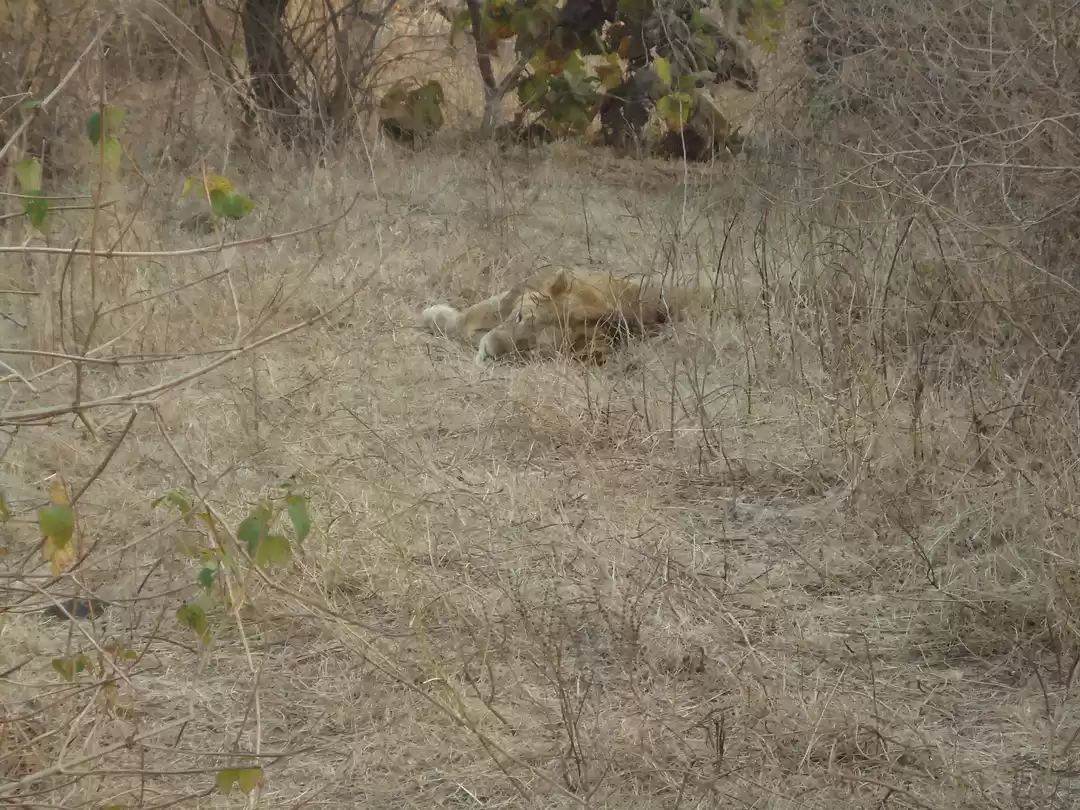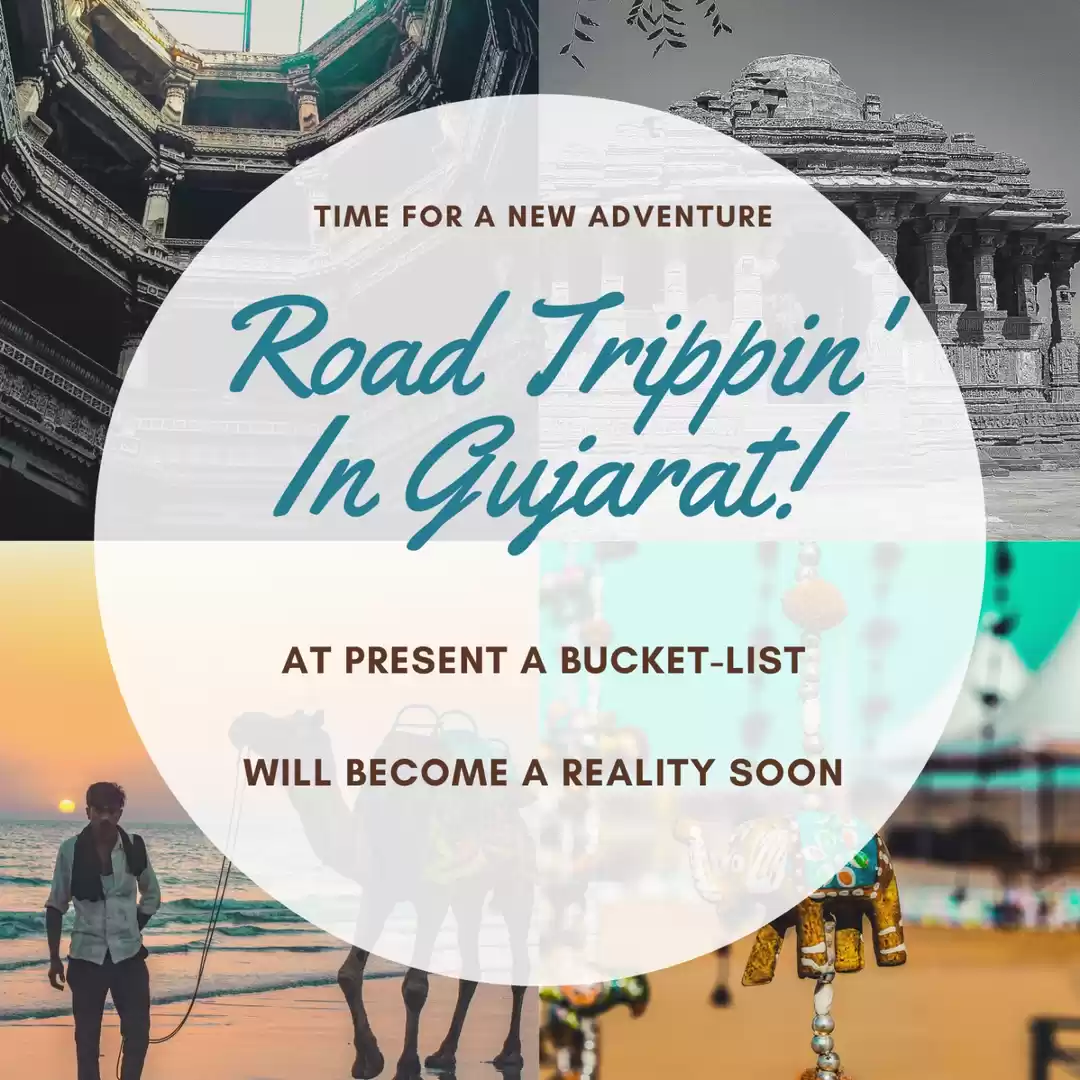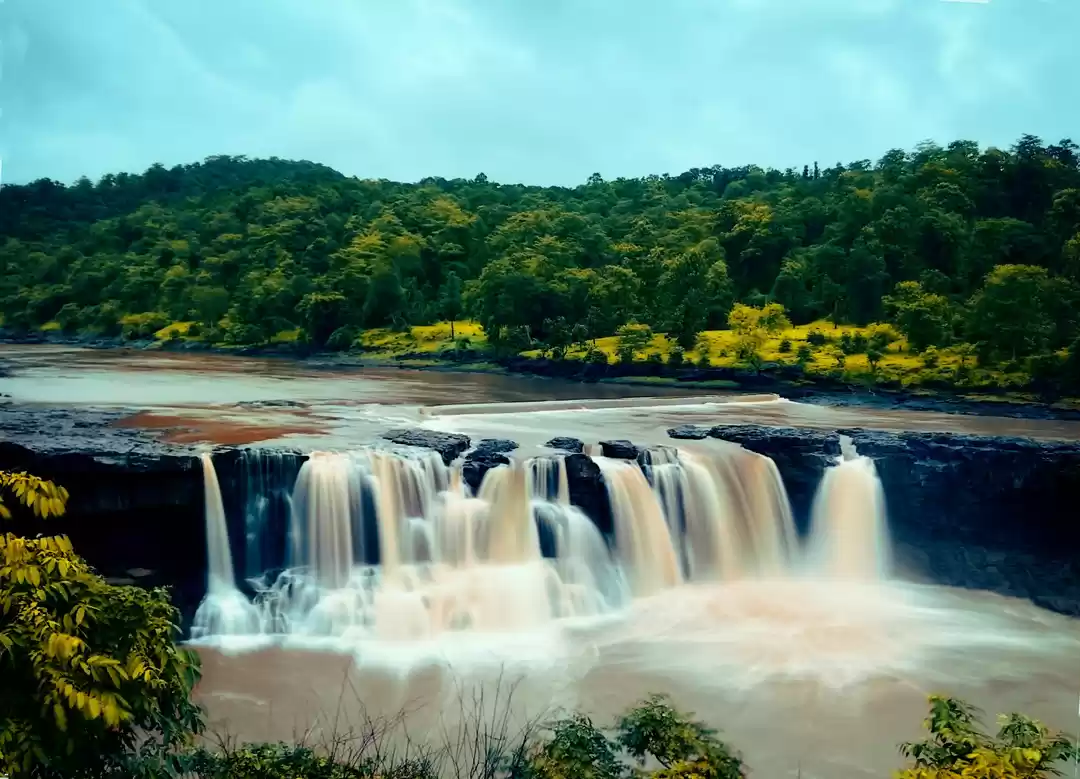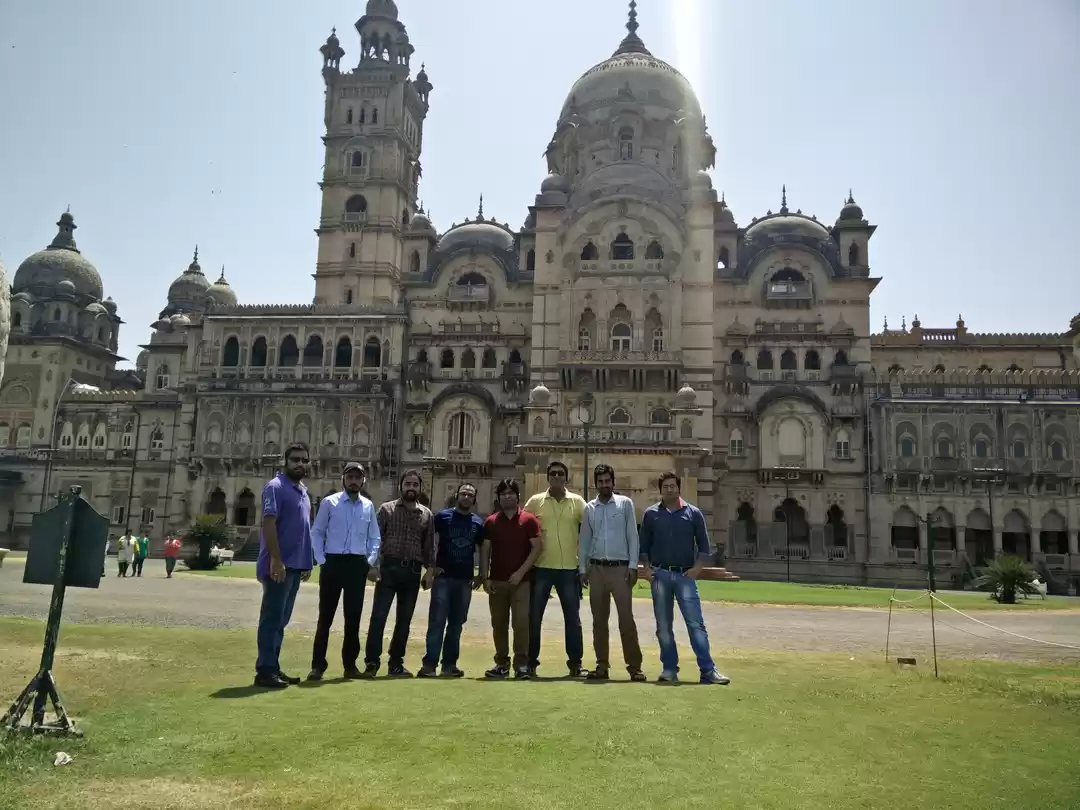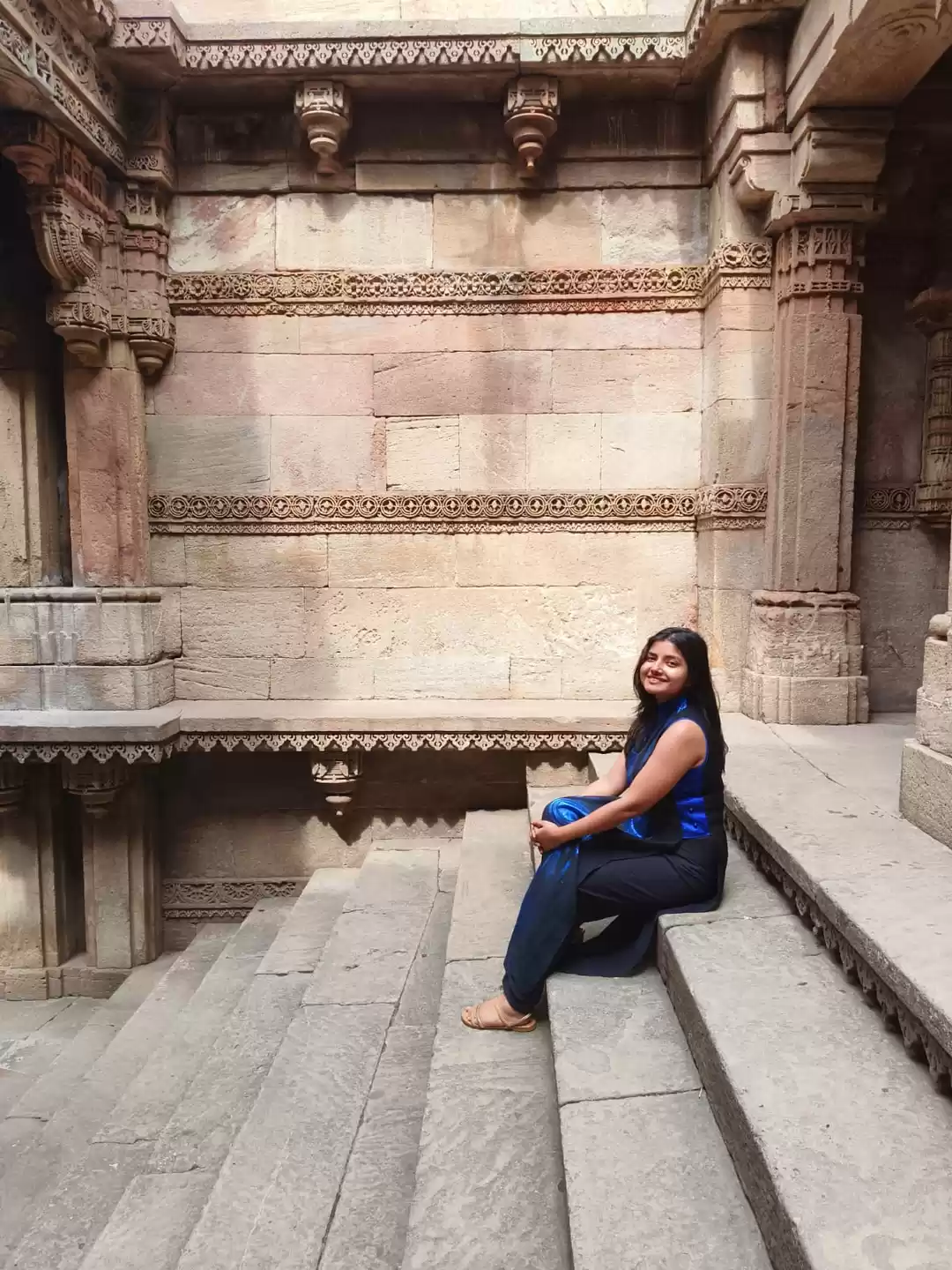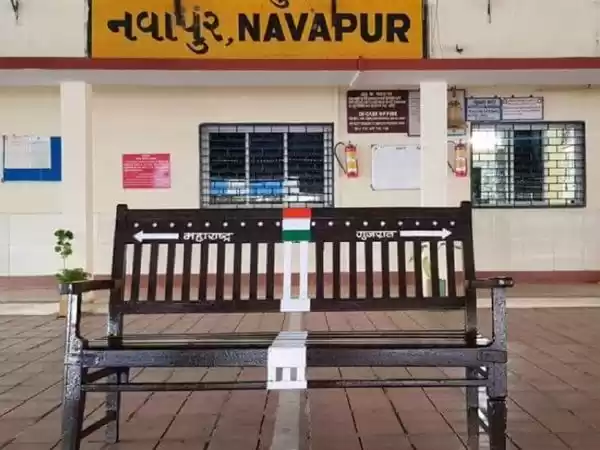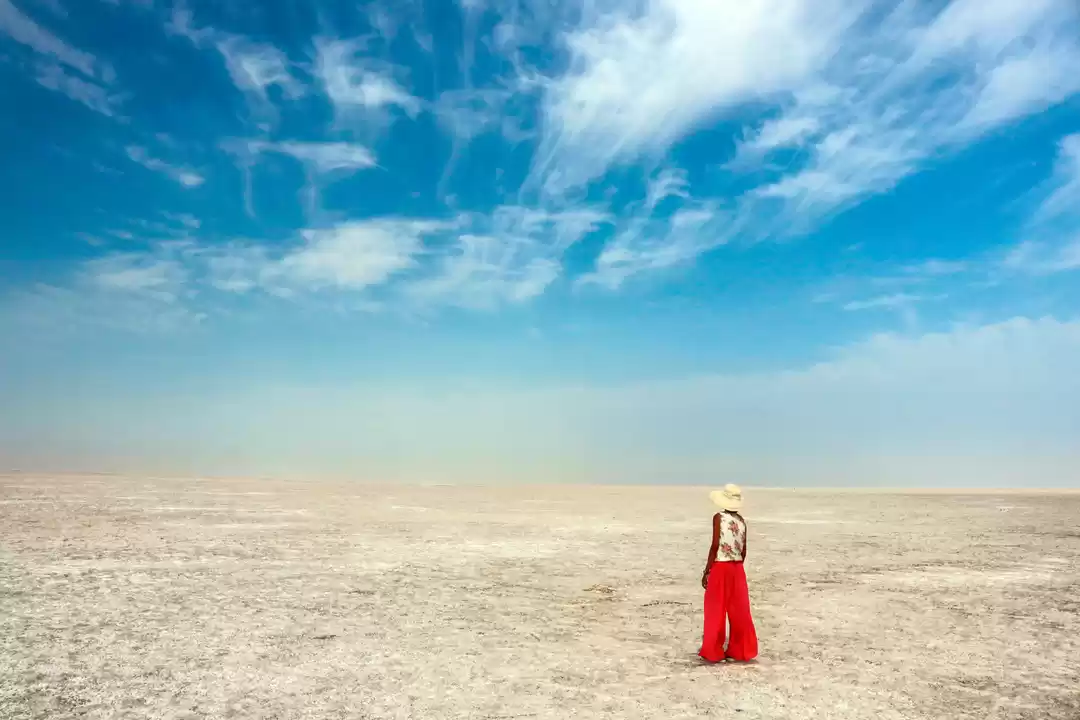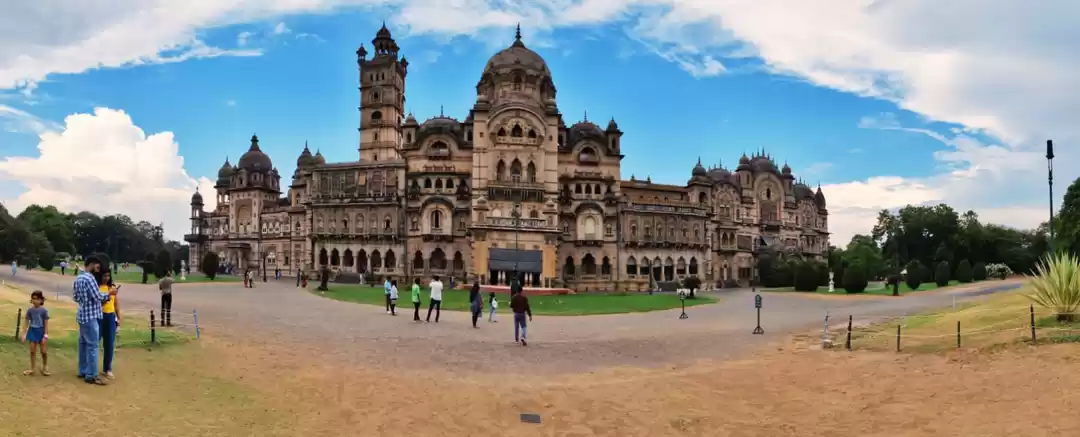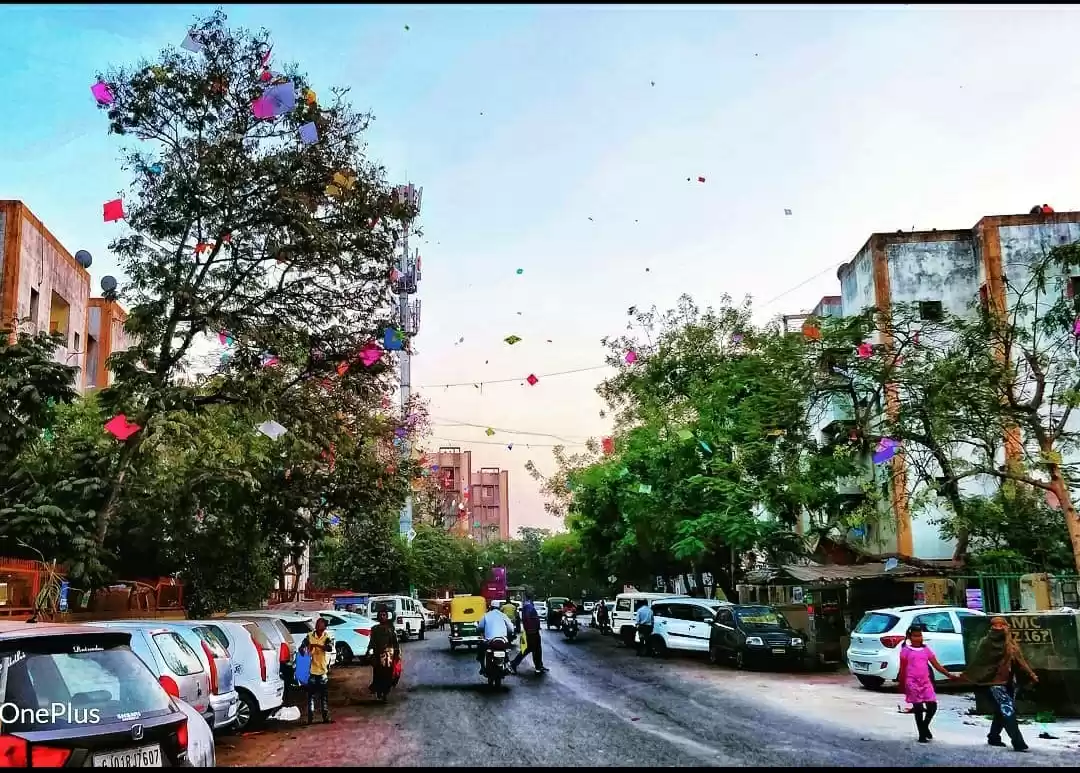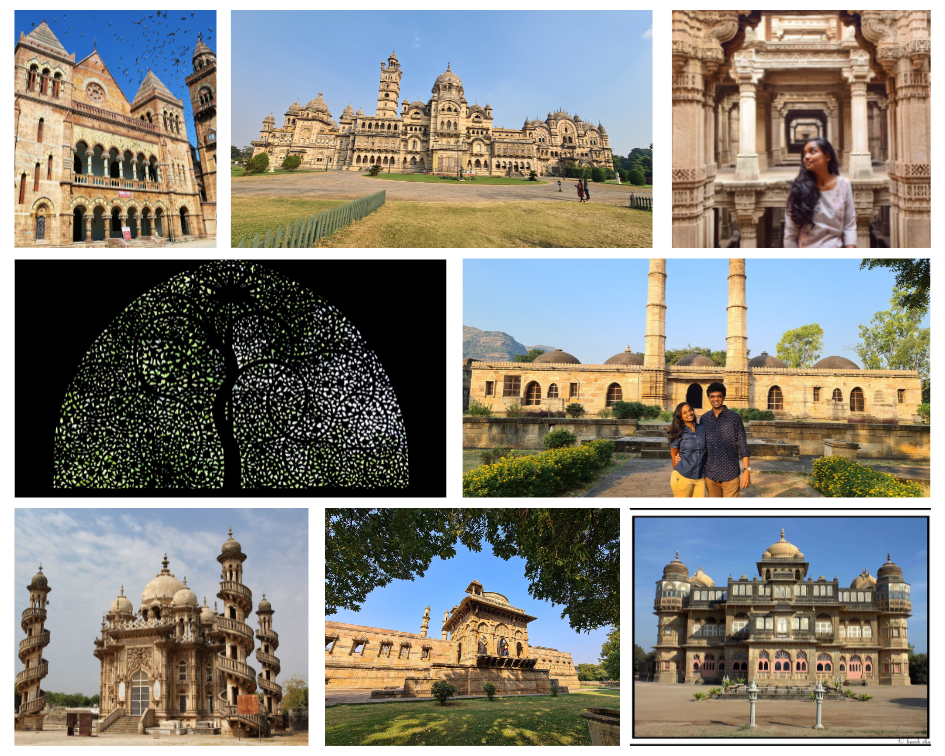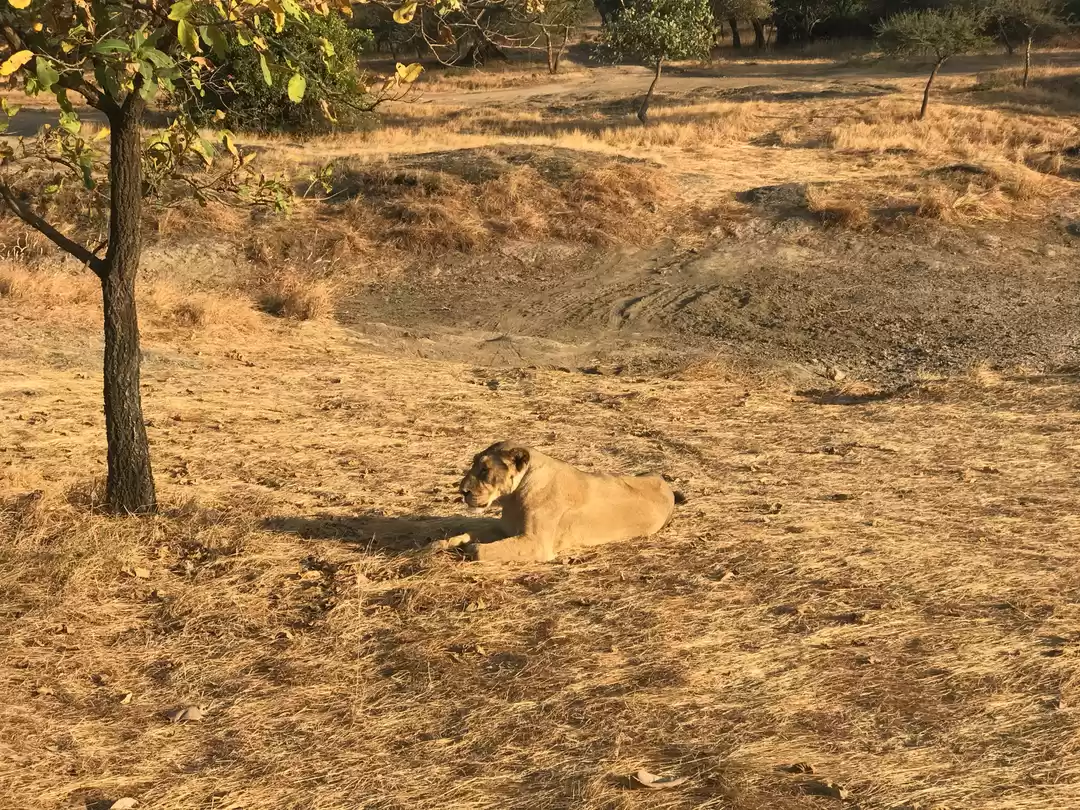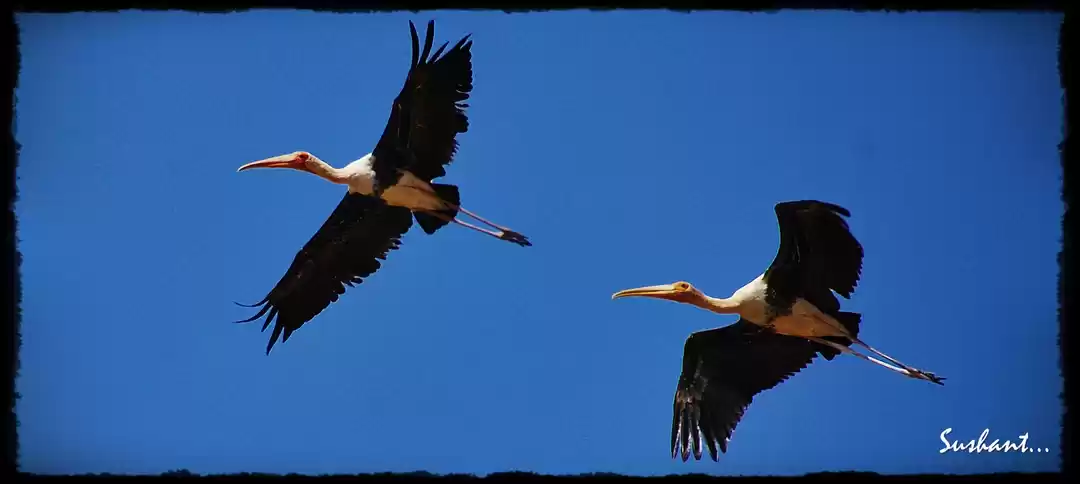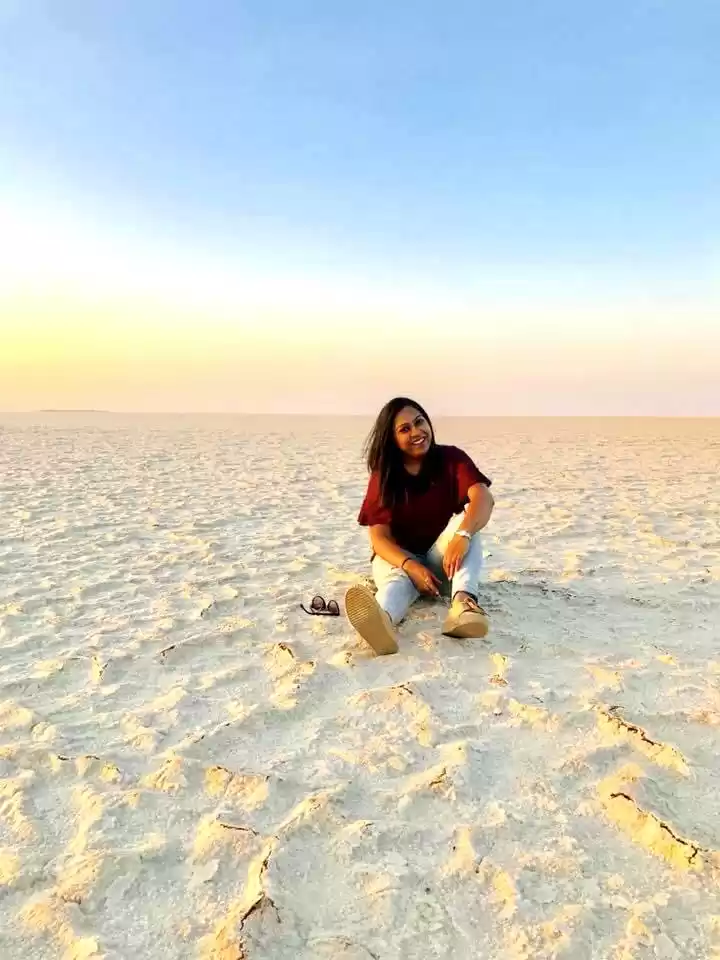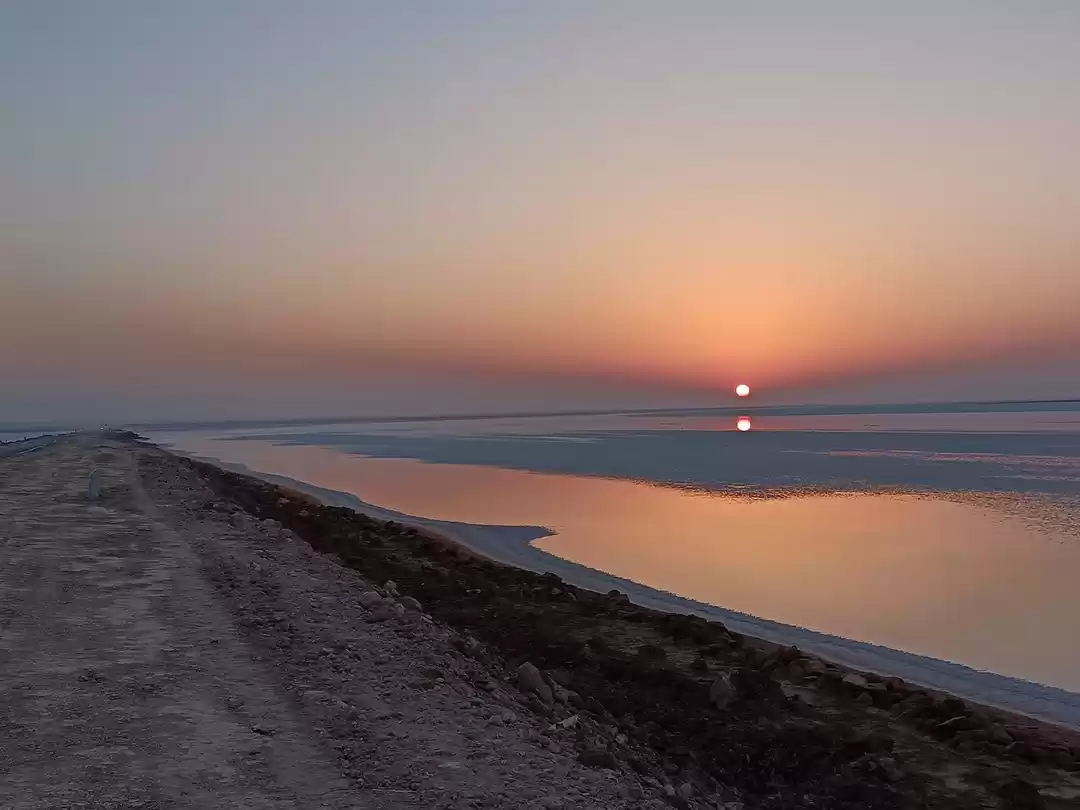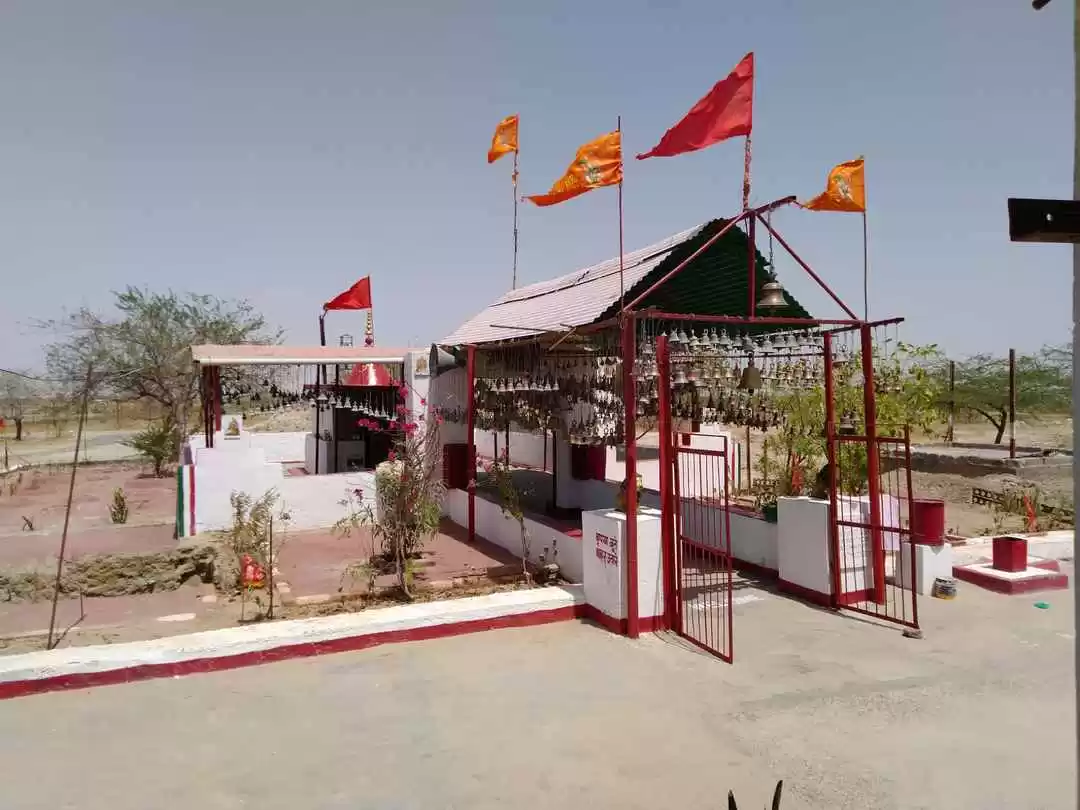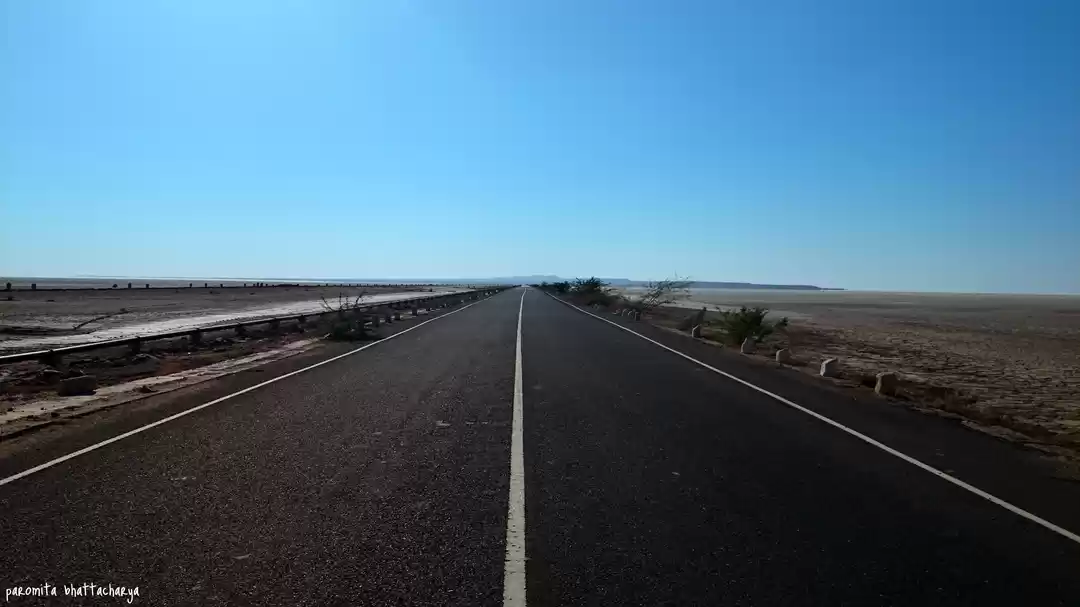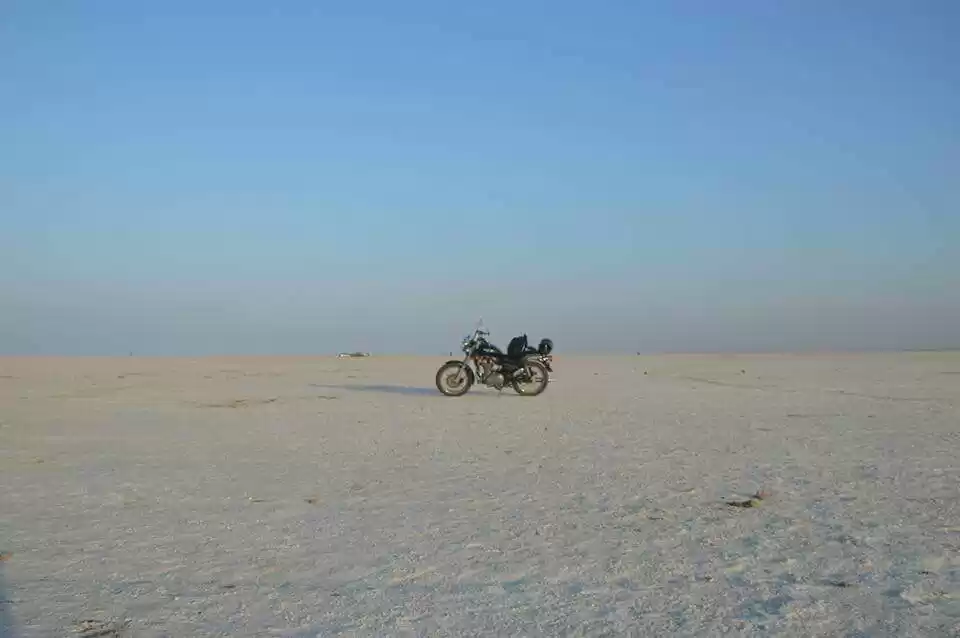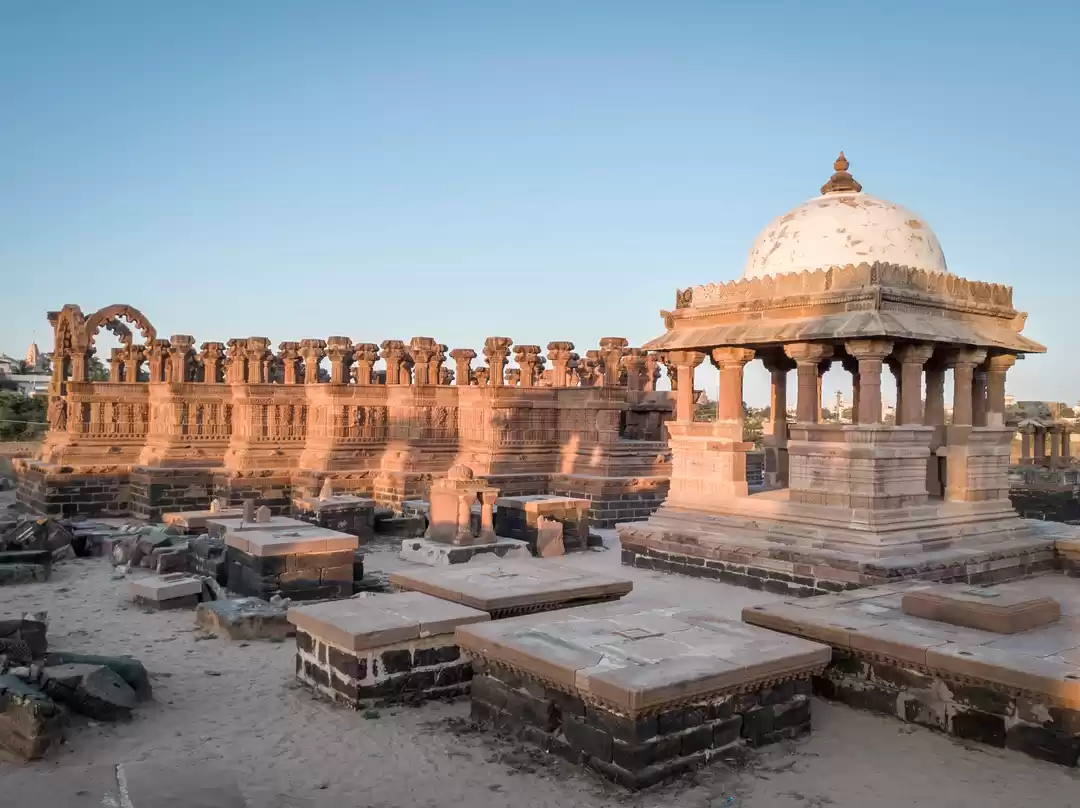Day 5: Bhuj - Vigakot (GRK) - Kanthwandh - Kala Dungar - Dhordo - Bhuj (550km) While early mornings in Delhi are a pain, the same do not seem bothersome at all when on a holiday. However, when I say this, I speak only for myself. For Aarti, it is the opposite. Hence, at home, she is responsible for waking me up on time, and during vacations, the onus for this falls on me. So we began day 5 early again, and as the day before, left by 7:30 am with our breakfast of sandwiches packed. We’d liked the sandwiches so much the previous day that we decided to get them packed for lunch as well, since the spicy food generally available in Gujarat does not suit our stomachs. The road towards Khavda, 80 km from Bhuj, heads straight north. It is a two-landed highway, and although the tarmac was good, it was a bit bumpy, thus keeping our average speed below 80 kmph. Enroute we saw a board advertising the much heard about Rann Utsav. We’d heard of it before, but did not know exactly what it meant. It turned out to be a fair and we decided to check it out later in the evening if we had the time. Soon we reached Bhiyandiara, where one turns left for Hodka and Dhordo (where the Rann Utsav was being held). At Bhiyandiara, the Gujarat police had set up its office to issue permits to tourists venturing close to the border region. However, it was closed at the time when we reached. As we reached Khavda, we realized that the sleepy village has little to boast of apart from an intersection lined with handicraft shops, and a mention in Keki Daruwalla’s famous love story ‘Love across the Salt Desert’. From Khavda, one can turn left towards Kala Dungar and India Bridge, while right leads to a village called Kandhwandh, the end of the road. We took the road towards India Bridge. 8 kms on this road is a cut for Kala Dungar, which we crossed and carried on towards India Bridge. Upon reaching India Bridge, we were stopped, and after getting our permits checked and cameras deposited, we proceeded towards Vigakot border post. Slyly, we kept my mobile hidden and deposited everything else. This way at least we could record our GPS track in the Rann and maybe take a couple of non-sensitive shots. Now a little piece of advice for those of you who like us would venture out towards Vigakot for the sheer excitement of off-roading in the Great white Rann over a long distance – don’t do it. It will be a huge disappointment. There is no way that one can drive on the Rann, as it is marshy almost throughout the year, barring the peak summer months of May and June. The drive to Vigakot is a long haul of about 90 km from India Bridge, which goes north-west and is on a single-lane elevated tarmac, much like what is near Dholavira. Immediately after India Bridge, one crosses several ‘bets’ which are essentially islands in the white desert where a lot of the Army check-posts are located. On the last such post, the road bifurcates, one heads towards Vigakot border post, and the other longer route moves to another border post in the north-east direction. Nevertheless, the drive till Vigakot is beautiful. It of course would have been lovelier had we been able to drive on the Rann, but we enjoyed it all the same. Also, one mostly drives through ‘bets’ on the way to Vigakot, and the drive on the elevated road through the Rann is kept to a minimum, probably because of the difficulty of making roads on it. While on the Rann stretch, all one can see is the horizon on either side, but there’s always an oasis coming up, shattering the myth of being in the middle of nowhere. An hour and a half later, we finally reached the Vigakot power sub-station but there was no sign of any post, so we moved further. About a km ahead, we reached an empty check-post with a bifurcation on the road where I went to the BSF post to the right. This we thought might be the Vigakot post but since there we no one there we moved ahead. Another km down the line we saw a fence and a T-junction where tarmac went both left and right. Beyond the fence there were some white pillars, and it was then that it actually struck us that this fence separates our country from Pakistan! It was a strange feeling standing there, looking at a different country across the fence, knowing that the land and the people there are much like us, and yet completely different. We were told by a Stallion standing near the fence to go back to the BSF post, which we immediately did. There, after a little scolding (for not stopping first at the post), we were given a ‘tour’ of the post, interspersed with interesting anecdotes. After chit-chatting a bit with the officers there, we started the long haul back to Khavda, which was pretty uninteresting and unexpectedly tiring, probably because it was too hot now with the sun up. We managed to get back to Khavda by 1:30 pm, and were now a little tired. We stopped at the intersection to buy something to eat, and to ask for directions to Dholavira. Majority of the guys suggested going back to Bhuj and taking the longer route, but it was the shorter drive through the Rann that we were hoping to do. After unsuccessfully enquiring for a while about the road to Dholavira from Khavda through the Rann, and also being warned by one person on not attempting the route, we headed towards Kandhwandh, hoping that there would be a track east from there towards Dholavira through the Rann. 45 min later we reached the village Kandhwandh and spoke to a villager there about the possibility of a route ahead towards Dholavira. He was quite helpful and informed us that it is impossible to cross the Rann in any vehicle right now, but a direct route does exist to Dholavira. Even when the route is doable, it is tricky and can only be done in 4WDs. It is generally possible to cross it in the summers when the snarling heat dries up the Rann, but even then he said that he gets messages from the BSF guys one in a while to tow out stuck vehicles using his tractor. It was then that we finally realized that it would not be possible to do go to Dholavira that day, but still asked him to take us till the point where the Rann starts, and he obliged. As we reached the end of the dirt track, the sight before us was unbelievable! The Rann was spread out in its entirety, but completely covered in water. It was like a freaking lake! The little hope we’d had of still being able to do the route despite a very rational explanation by our villager friend now died. The only way of crossing this would be in a boat!
